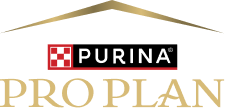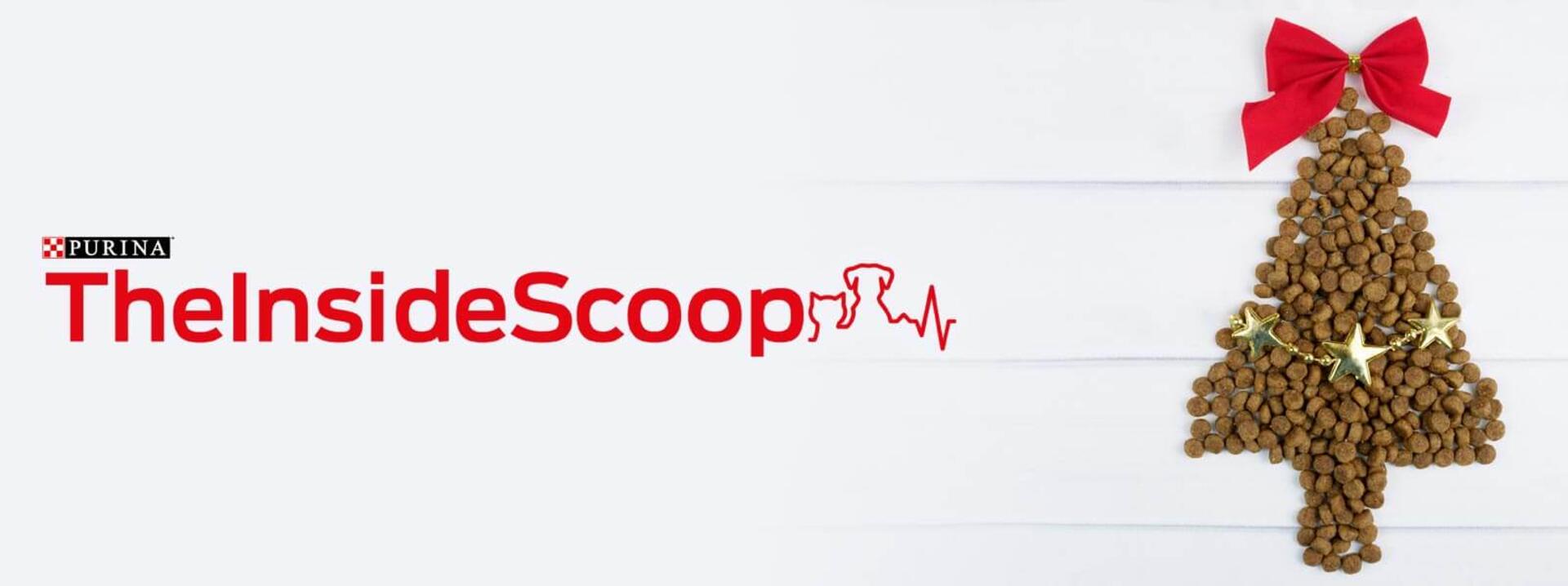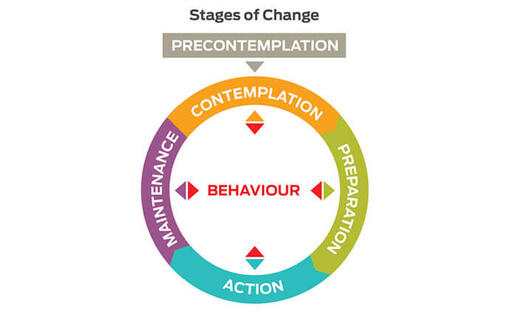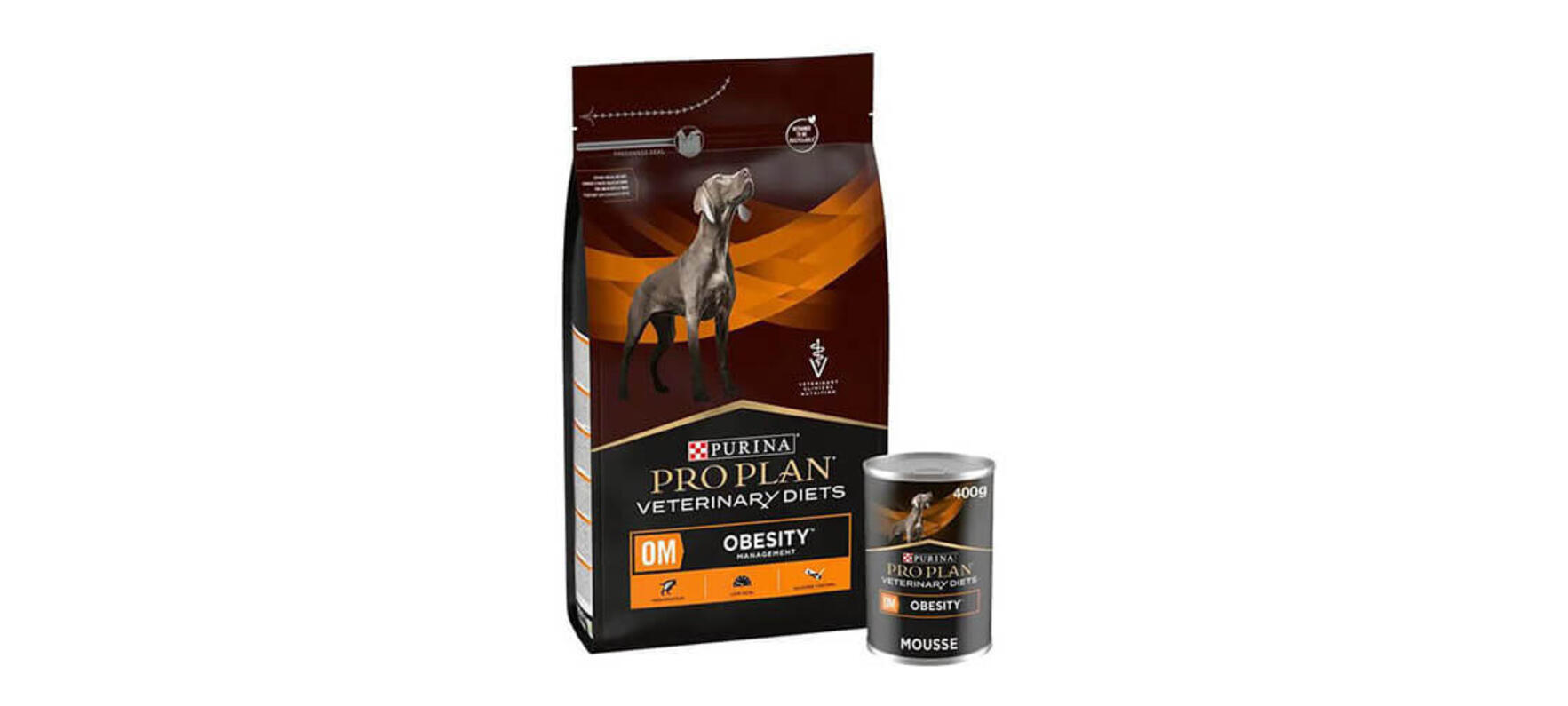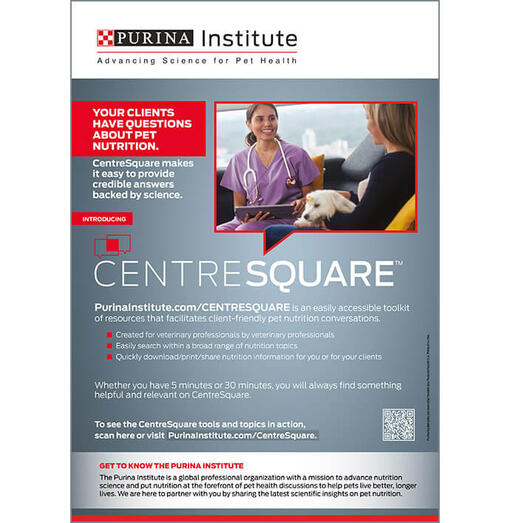
Welcome to your Winter edition of Inside Scoop, where we are focussing on a client’s readiness to change. We have some great tips to use in clinic and our Product Focus features Pro Plan® Obesity Management™ - find out all about it here.
If you love to learn and have a passion for clear communication our CentreSquare toolkit offers some fantastic resources. With nuggets of information available that take anywhere from 5 to 30 minutes to digest, it fits into the busiest of schedules.
Your editor,
Laura Hughes RVN C&G Cert SAN
Veterinary Nurse Development Manager